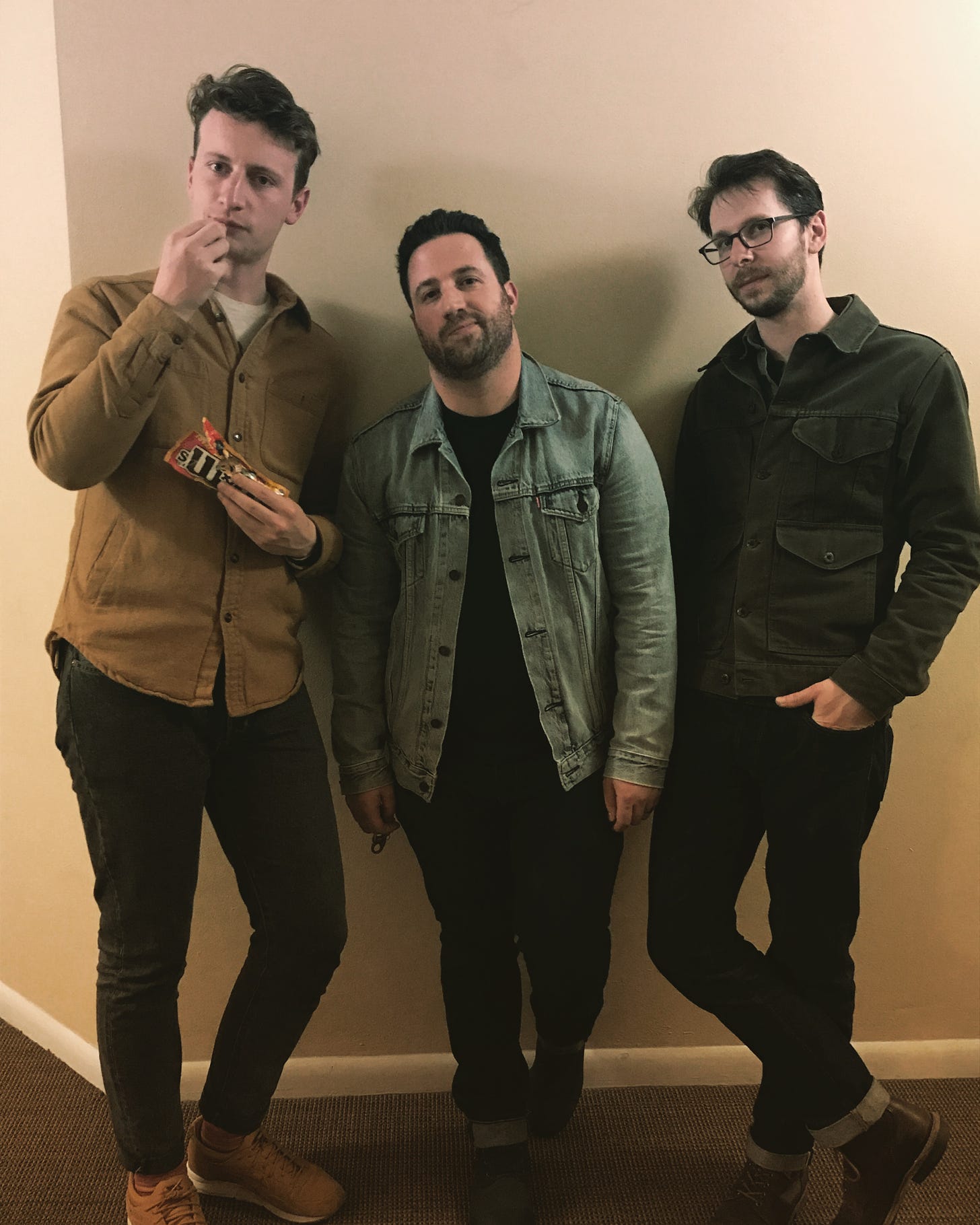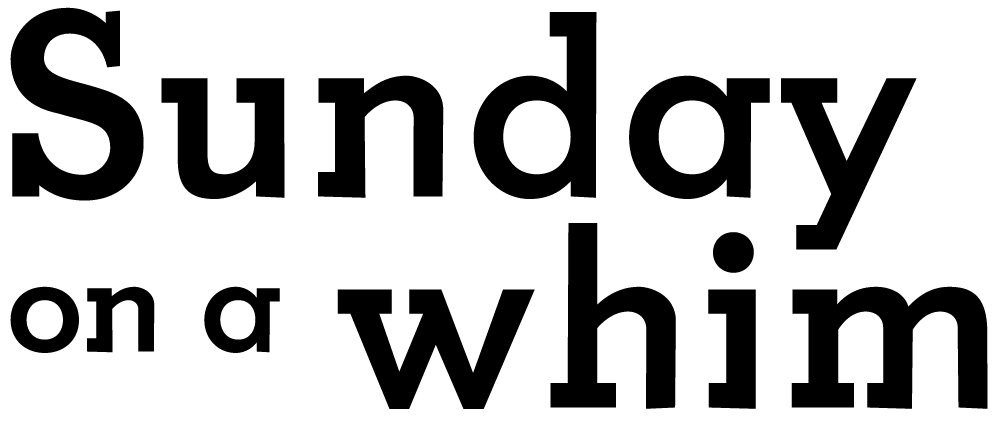The driest March in 75 years
Blue skies in Seattle in March?
March 31, 2019
Last Monday it rained in Seattle. We woke up in the morning, looked out the window before caffeine gave us some sensibility, and wondered aloud if the gray would burn off in the afternoon.
It didn’t.
As Monday wore on, the city seemed to slide into one, gelatinous low-lying soup of gray. By the early evening, the clouds stopped holding back. A steady, soaking rain was falling. Seattle continued to go about its business.
Edgar and I were standing at the 44 bus stop that evening, headed to a book launch for a poet friend of his. At some point during our ride over to Open Books, I think he asked me about the rain, or remarked that this must be what all us residents are talking about when we mention Seattle’s weather.
The thing is, it’s been beautiful all month. Monday was a weird blip on the radar during a period numerous local news outlets have gleefully reported as perhaps the driest March in 75 years.
With 0.16" today March rainfall for Seattle is 1.33". Good chance March will end up in the top 5 driest in the 75 yrs of records at Sea-Tac airport.
— NWS Seattle (@NWSSeattle) March 26, 2019
Top 5 driest plus 2019.
1. 0.57" (1965)
2. 1.33" (2019)
3. 1.55" (1979)
4. 1.62" (1973)
5. 1.68" (1992)
6. 2.06" (1996) #wawx
It’s also been warmer in the city, especially here in Ballard by the water. We’ve woken up once or twice and wondered if we leapfrogged our way into summer.
All this to say, it’s not been a typical month. Edgar was one of our numerous guests here in our small, less-than-600-square-foot apartment, a delightful parade of friends and loved ones that’s taken place over the last two and half weeks. (Edgar was here, joined by his sweetheart Katie, as part of his book tour. I mentioned Edgar’s book a few issues ago. You should read it.) We broke our record for the largest number of people cooked-for in the house a week ago.

The weather allowed us to show off the city to our visitors, marveling again and again at the place we live and it’s not-at-all secret beauty. When we hiked into the backcountry above Wallace Falls in early March, we stood in a clearing off a logging road and were treated to 70-mile visibility out across the river valley, with the Seattle skyline peaking over the foothills and and the Olympics’s snow-capped tips kissing the barely-hazy blue.

A week later, Miche took two of her best friends, Lindsay and Jesse, (in from LA) to see the daffodils outside of La Conner in the Skagit Valley.

This past Wednesday night, Miche and I came home to the apartment and everyone was gone. We filed our taxes with Mary at the Ballard H&R Block, the same gentle woman with giant glasses who handled our W2s last year. She remembered Miche’s raw diamond in her engagement ring and how they’d discussed it 12 months ago. I went to the gym. Miche cooked dinner. We watched some TV and made it to bed before 10:30.
Thursday we woke up exhausted.
One of the many major changes that’s hit me over the last three years is a desire for more quiet and space. I often tell friends and family that leaving Baltimore released me from what had become a demanding social schedule—those of you that we lived with and amongst will remember the many movie nights, ultimate frisbee leagues, board games, concerts, Dizz Wing specials that packed each month of our lives. When we lived there, I used to wonder why I didn’t have more time to read.
I don’t write this to say I wish our friends hadn’t come—we are thrilled to host and I took particular pleasure in making sure that Edgar got a couple of restful nights in the midst of his wild tour schedule.
Rather, I find myself more mindful of what it feels like to be constantly connected and stimulated. Recently, I’ve been leaving my phone well out of reach of my beside table, sometimes just on the couch in the living room overnight. I’ve got a new rule: no phone in bed in the morning.
Plenty of journalists have chronicled the process of detaching themselves from their phones (or social media in general) and of arriving back in a moment of boredom or daydreaming that isn’t filled by machine learning-powered stimuli.
Visiting with friends is much more healthy than aimlessly scrolling an Instagram feed, and yet somehow I find myself thinking about the similarities between packing every weekday evening with another must-do social activity and every free moment with another must-listen podcast or must-read, must-share tweet.
It’s sort of counterintuitive, but sometimes staring off into the gray morning mist that hangs in the trees on either side of the Ballard locks and letting my mind wander is surprisingly calming. I used to think about my days and needing to pack every moment with meaningful activity—the act of not hanging out, not reading something on my phone, not taking in a popular new TV show was equal to falling behind.
But the more I do it—the more I find make time to detach or be quiet (whether alone or with friends)—the more I realize how much pressure I used to put on myself to be a part of what was happening around me. And maybe I’ll write more about those feelings—and how having more boredom and quiet time makes the social activities richer—down the road.
This Week (and last week)
Newsworthy
KOMO News, a local news affiliate owned and operated by Sinclair, lit the city up with an hourlong documentary feature last week called “Seattle is Dying”. The piece, narrated in a melodramatic voice by reporter Eric Johnson, is an alarmingly misguided look at homelessness in Seattle. Long, steady shots of folks in distress (at times describing them as “wretched souls”) are mixed with sweeping drone shots of the city from above, interviews with white people who are embarrassed to drive their kids through the city they grew up in, and a wild solution that homelessness could be solved by jailing all itinerant King County residents in a state facility for treating sex offenders.
I won’t link the piece here. It’s not worth watching. (If you want to watching something, click the Sinclair link for John Oliver’s excellent reporting.) Beyond the major editorial oversight of including exactly zero interviews with service providers and aid workers, Seattle is Dying’s total lack of empathy and overenthusiastic othering fit a localized version of our president’s view of the country: that somehow, our city needs to be retaken from those who have laid waste to what we remember. It’s fear-mongering. And it’s disgusting.
Thankfully, local news outlet Crosscut published both an op-ed from someone who actually provides care to homeless people in Seattle and interview with one of the “wretched souls”, who you won’t be surprised at all to learn wasn’t even homeless at the time Johnson and his film crew trained their voyeuristic lens on him.
KOMO refused to comment publicly when Crosscut pressed them about their editorial choices. Fuck Sinclair.
***
Elizabeth Warren has published her platform in various pieces on Medium. I particularly liked that she did it during the week Beto O’Rourke was busy enjoying the media frenzy created by his Vanity Fair spread. A journalist on suggested on Twitter that perhaps Beto could take a hint from Warren’s campaign and just adopt her already-published platform. Maybe Beto’s kickoff events this weekend will arrive with a platform, but I’m not planning on support a presidential candidate just because he claims Ian MacKaye as an influence.
Nonfiction
Read Jia Tolentino on Outdoor Voices.
Newsletters are a thing!
Fiction
I finished an excellent and bracing short novel called My Sister, the Serial Killer by Oyinkan Braithwaite.
I’m reading a gripping new book called Cherry: A Novel by Nico Walker, who’s still in prison for bank robbery and penned his basically autobiographical book on addiction and war while serving time. One of the crime fiction nerds I follow closely (either Chris Ryan or Jason Concepción at The Ringer) recommended this.
On TV
Pamela Adlon’s Better Things is back for a third season. The show is still my absolute favorite portrayal of family on television. It’s also hilarious. Read more about Pamela (who you’ll recognize from everything, but especially Californication) in this excellent New Yorker profile by Carrie Battan.
Miche and I are watching the show specifically targeted at our generation, Pen15. The show’s 30 year-old creators are openly micro-targeting millenials with this show about middle school in the early 2000s. Both women star as their 13 year-old selves. Watch the AIM episode.
A short disclaimer
Please remember that this newsletter is a creative space to keep in touch, to think out loud, and to heal. It takes some psychological safety to put these thoughts out in the world and the sentences won’t read perfect or be free of typos. I do revisit my issues and make corrections as I catch them.
